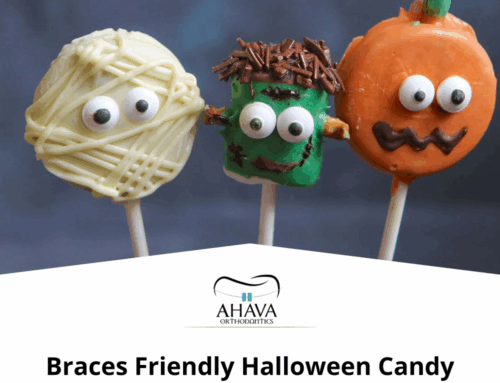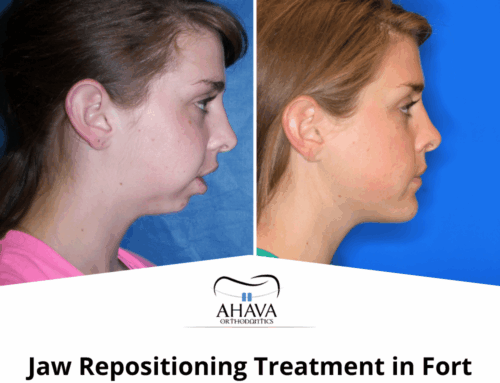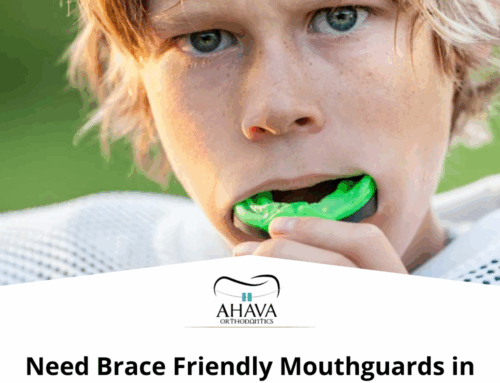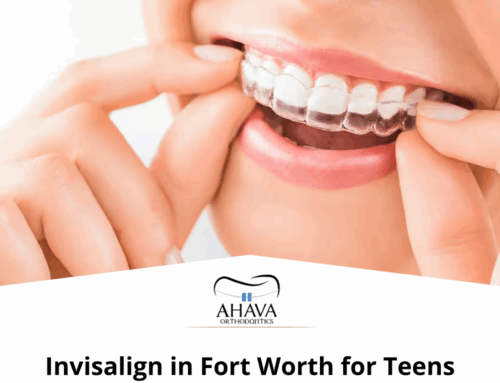When it comes to addressing misaligned teeth, parents are often faced with a variety of treatment options. Two of the most popular approaches are the Myobrace system and traditional orthodontics, such as braces or aligners. While traditional braces and aligners focus on mechanically moving teeth into position, Myobrace takes a preventive approach by addressing the underlying causes of misalignment, such as poor oral habits and underdeveloped jaws. Understanding the differences between these systems can help families make an informed choice based on comfort, treatment time, and long-term results.
The Myobrace System: A Preventive Approach to Alignment
The Myobrace is a pre-orthodontic treatment designed for children aged 3 to 15. It consists of removable appliances that are worn for 1-2 hours daily and overnight. Unlike braces, which rely on brackets, wires, or trays to apply pressure to teeth, Myobrace addresses the root causes of misalignment by correcting oral habits that contribute to crowding, improper jaw growth, and bite issues.
Key Features of the Myobrace:
- Habit Correction: Myobrace targets habits such as mouth breathing, tongue thrusting, and improper swallowing, which often cause misaligned teeth.
- Natural Jaw Growth: The system guides natural jaw development, creating space for teeth to align properly without extractions or invasive procedures.
- Non-Invasive: The Myobrace is comfortable, easy to use, and doesn’t require adjustments like traditional braces.
- Holistic Health Benefits: By encouraging nasal breathing and proper tongue posture, Myobrace supports improved sleep, breathing, and overall health.

Traditional Orthodontics: Mechanical Realignment of Teeth
Traditional orthodontic treatments, such as braces and aligners, are widely used to straighten teeth and correct bite issues. These methods use physical force to shift teeth into their correct positions over time. While effective, braces and aligners focus primarily on the symptoms of misalignment rather than its causes.
Key Features of Traditional Orthodontics:
- Precise Tooth Movement: Braces and aligners are highly effective for correcting severe misalignments, such as rotated teeth or complex bite issues.
- Fixed or Removable Options: Braces are fixed appliances, while aligners like Invisalign are removable, offering flexibility for certain patients.
- Post-Treatment Retainers: To maintain results, most patients require retainers indefinitely after treatment.
- Cosmetic Appeal: Clear aligners provide a discreet option for teens and adults who are self-conscious about wearing braces.
Comparing Comfort
Myobrace: Myobrace appliances are made of soft, flexible material, making them comfortable to wear. Since they’re removable, children can eat, brush, and floss normally, avoiding the food restrictions and discomfort often associated with braces. Additionally, Myobrace avoids the need for brackets or wires that can irritate the gums and cheeks.
Traditional Braces and Aligners: Braces can cause discomfort, especially after adjustments when wires are tightened to apply additional pressure to the teeth. Metal brackets may irritate the inside of the cheeks and lips. Clear aligners are less invasive but can still cause initial soreness as teeth begin to shift.
Comparing Treatment Time
Myobrace: Treatment with Myobrace typically takes 12 to 24 months, depending on the child’s compliance and the severity of the misalignment. By starting early, Myobrace can guide the teeth and jaws into alignment as they grow, often preventing the need for braces later on.
Traditional Braces and Aligners: Traditional braces and aligners generally require 18 months to three years to complete, depending on the complexity of the case. Since these systems are often started after all permanent teeth have erupted, treatment may begin later than Myobrace, requiring longer correction periods.
Comparing Results
Myobrace: Myobrace offers long-term results by addressing the root causes of misalignment. By encouraging proper habits, such as nasal breathing and correct tongue posture, it promotes stable, natural alignment and reduces the risk of relapse. Additionally, Myobrace supports proper facial development, which can improve the overall balance of the face.
Traditional Braces and Aligners: Traditional orthodontics delivers highly precise results, making it the go-to solution for severe misalignments or bite issues. However, these systems don’t address underlying habits, which means patients may require permanent retainers or risk teeth shifting back over time.
Non-Invasive Nature of Myobrace
One of the standout features of Myobrace is its non-invasive approach. Unlike braces, which may require tooth extractions or permanent hardware, Myobrace works naturally with the child’s growth. By creating space for teeth through natural jaw expansion, it avoids the need for surgical or forceful interventions. This makes Myobrace an ideal choice for parents looking for a gentle, preventive solution.
Which Option is Right for Your Child?
The choice between Myobrace and traditional orthodontics depends on your child’s specific needs. If the goal is to correct poor oral habits, promote natural jaw growth, and prevent severe misalignment, Myobrace may be the best option. For more complex cases that require significant adjustments, traditional braces or aligners may be recommended.
At Ahava Orthodontics in Fort Worth, we specialize in both Myobrace and traditional orthodontic treatments, allowing us to create personalized plans for every patient. If you’re exploring options for your child’s smile, schedule a consultation with us today. Together, we’ll find the right solution to achieve a healthy, confident smile!




